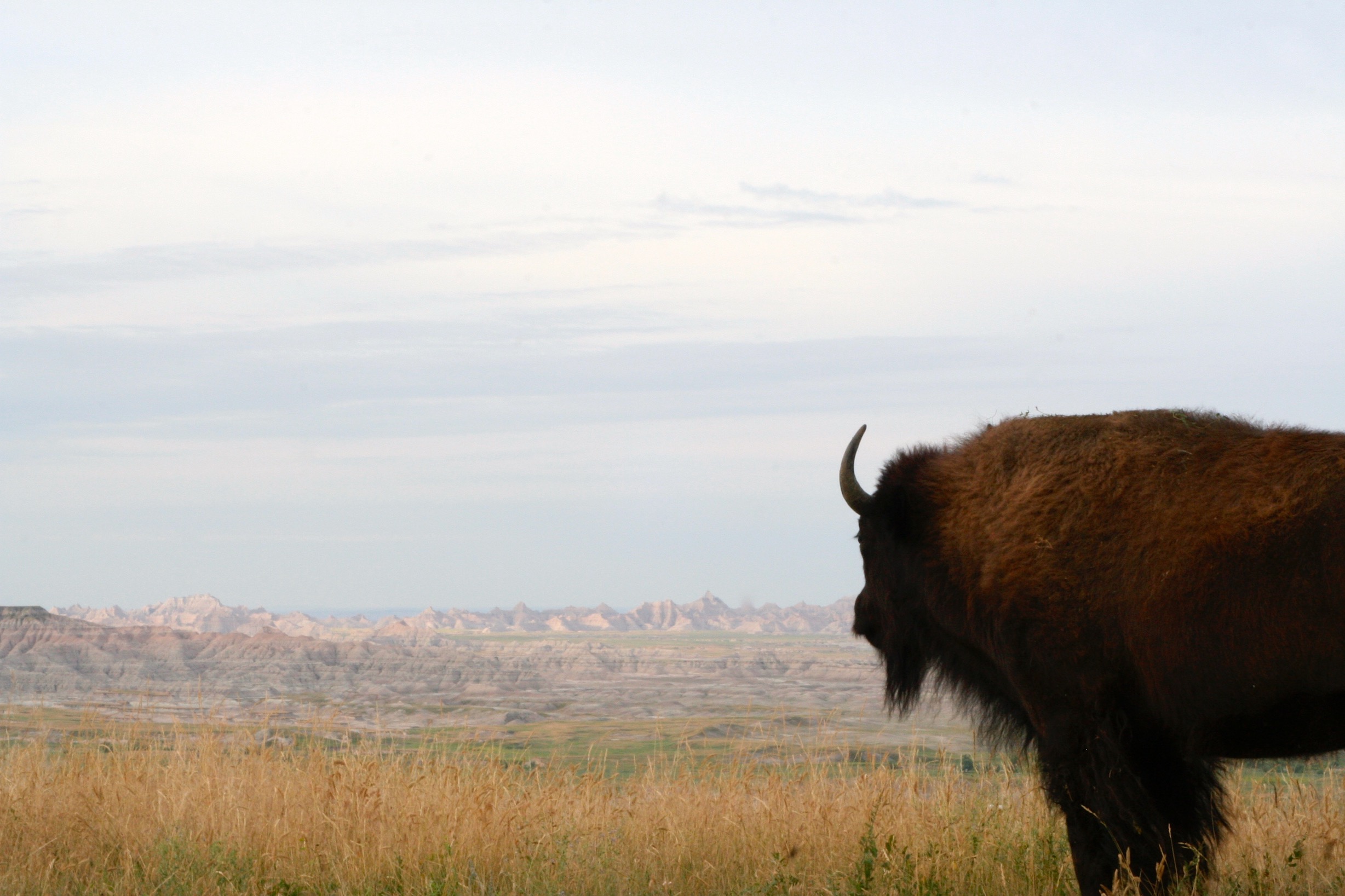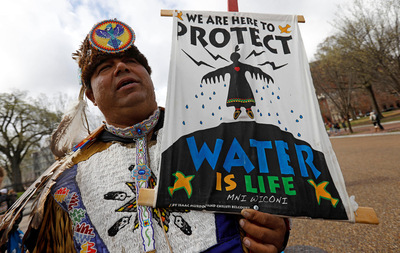Environmental history is the study of how humans have changed the environment over time and, conversely, how the environment has altered society. As an academic field, it emerged out of the environmentalism movements of the 1960s and 1970s, when books like Rachel Carson’s Silent Spring forced Americans to rethink their interactions with the natural world. Many of the subsequent works examined environmental consciousness, the creation of the national parks, and large-scale environmental disasters. Others, however, took a deep chronological view of place, examining how various societies and peoples have interacted with and shaped the landscape over hundreds, if not thousands, of years. In general, these works tended to trace a history of decline, one that began with the more communal, mobile, and diverse forms of land use practiced by various Native American peoples, and progressed to the more enclosed, staid, and homogenous practices of European invaders. Unfortunately, in many of these histories, Native American peoples either disappear in the wake of European contact and the reservation system or absorbed into the mass of non-indigenous Americans.
But of course Native American peoples did not disappear, and throughout the nineteenth, twentieth, and twenty-first centuries they continue to shape environmental history, particularly in struggles to defend traditional rights and to define proper use. The most pertinent recent example is the Standing Rock Sioux, who, with numerous indigenous and non-indigenous allies, have, for the time being, successfully defeated a proposed oil pipeline across their lands in the Dakotas. But this tradition—of promoting a more holistic environmental worldview that has taken shape over hundreds of generations in the landscape—has a long tradition across various Native American societies. The Makah nation of present-day Washington state has fought (and continues to fight) in court to defend their right to harvest gray whales, not as a commercial venture but as a two-thousand-plus year old spiritual and historical practice, one preceded by prayer, fasting, and ceremonial bathing; in the 1970s, various tribal nations in Washington state fought for their historical rights to co-manage the salmon fishing industry with the state, ultimately winning under the Boldt Decision; and the Northern Cheyenne went all the way to the Supreme Court in the 1960s and 1970s to overturn reservation coal leases that had been conducted without their approval, ultimately garnering federal recognition of their ownership of all mineral rights.
Although much environmental history has focused on the aesthetically extravagant—the national parks, the grandest natural disasters—a central, and increasingly pertinent, area of study has to do with the mountains, prairies, and forests that have already been logged, mined, and otherwise degraded. What about these places? Is there a place for them in environmental history? If not, what does that mean for human societies moving forward, where these sorts of landscapes are increasingly common? The Gros Ventre and Assiniboine nations and their fight against Pegasus International provide a paramount example of just how important it is to attend to such spaces. Not only were grassroots organizations like Red Thunder on the Ft. Belknap Reservation able to stand up to and defeat a multinational, multi-million dollar organization, but individuals there have continued to live in and understand these often-forgotten places: the mined, the harvested, the environmentally and historically violated. It is one of the most glaring holes in modern environmental history, and the Gros Ventre and Assiniboine of Montana provide an integral living example of this increasingly common land-relation: how we can deal with, care for, and love the lands that have already been polluted. How we can heal.




